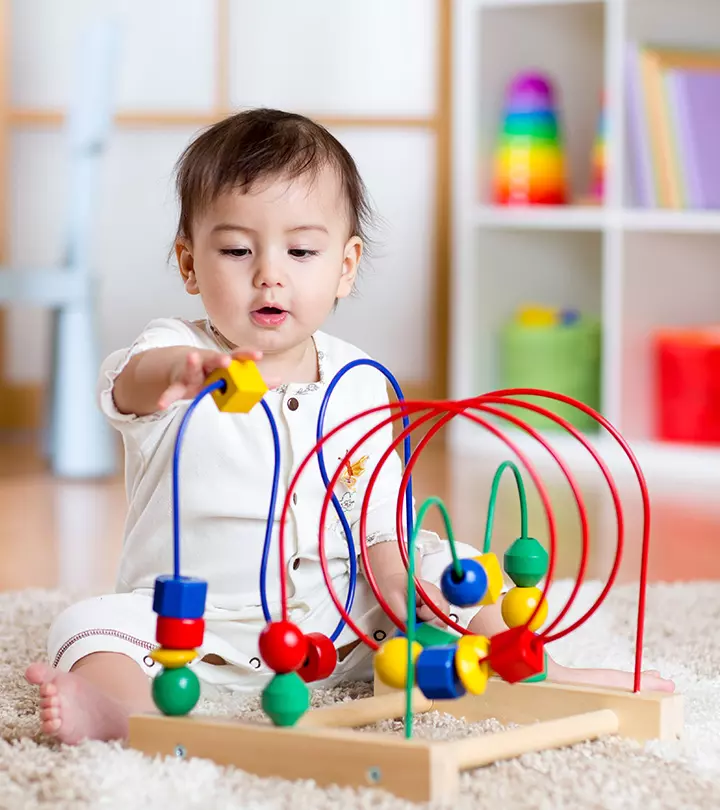

Image: Shutterstock
When you think about labor, you’re probably imagining a woman lying on her back. You can only go as far as to imagine a woman lying on the sides. On one hand, what we see on television embeds into our minds, and on the other hand, the epidural anesthesia culture that has become so popular recently restricts a pregnant woman from moving much. But, because of popular culture, we presume that lying down is the ‘only’ position that you can take while birthing.

However, many women who did not opt for an epidural first hand or if they had to later during their term, advise other women to try birthing in other labor positions they’ve probably never thought of. These women have found different positions for birthing much more comfortable while in labor. And, some of these positions might also help rectify an unfavorable position of the baby while in labor. Apparently some of these positions also decrease labor time and bestow a great deal of confidence in soon-to-be moms.
While it may be a bit hard for you to fathom these positions at the onset of the pain, you could trick yourself by avoiding being on your back and being as upright as you can. An upright position defies gravity, so it could explain why a baby passes through the birth canal quicker than traditional positions. Here, are a few other positions to consider:
1. Standing
It’s the first thing you could do, although you might need the support of your partner or a doula to lean on. Think about swaying at the time of contractions while you are leaning. It could also comfort you taking the support of a ball on the bed or a pile of pillows.
2. Kneeling
It is one of the best positions. You could kneel on the floor or the bed, a chair or a ball. It might also be a good idea to use knee pads or simply stack soft mats under your knees. Take the support of the back of the bed as you lean into it or suspend your arms over the back of the bed.
3. Walking
Several women in labor prefer walking before the contractions start. In fact, you can at about any point during labor. Some women choose to stop walking as the contractions start. Otherwise, you could think about mild swaying during alternative contractions.
4. Squatting
It is the best to squat in labor and even better at the time of pushing. Squatting at the first contraction is not ideal. Squatting at the time of labor can be backed by labor to help your baby come down. Always squat on the bed, not on the floor. Talk to your hospital if they provide squatting bars to help you with this.
5. All Fours
Use all your fours to stretch your back and also take a little break when you want one. It could be one of the best positions if your baby is posterior as it enables your baby to come out of the pelvis and rotate with ease. This position also is helpful when you need a back massage or when your doula applies pressure to relieve the back pain.
6. Using A Birth Ball
You could use a physiotherapy or an exercise ball to sit on and get some much-needed relief during labor. The movement of the ball also helps you move along and get relief. Keep your posterior on a soft surface.
7. Water
Water birthing is one of the best ways to help you feel weightless. There are special tubs for water birthing that but you must check for the accessibility of water.
8. Toilet
Believe it or not, but the toilet could be a great place to labor. Sit either normally or turn backward while placing pillows to cover up any exposed pipes. The hospital staff won’t be worried about urine or stool. Instead, most hospitals will lead you out from the bathroom once you start pushing. However if you have any other arrangements made, discuss with your practitioner. It is one of the positions that women find suitable to relax their posterior.
So now you know there are different birthing positions apart from laying down. What makes it more interesting is that you can switch over between positions as well. But do take the help of your doula or partner.
Community Experiences
Join the conversation and become a part of our nurturing community! Share your stories, experiences, and insights to connect with fellow parents.












